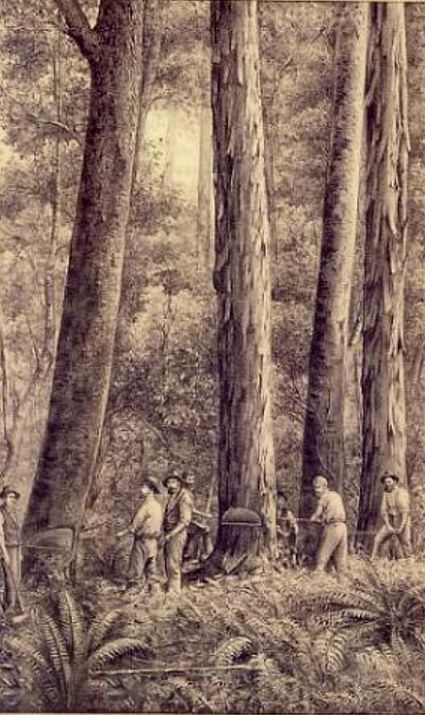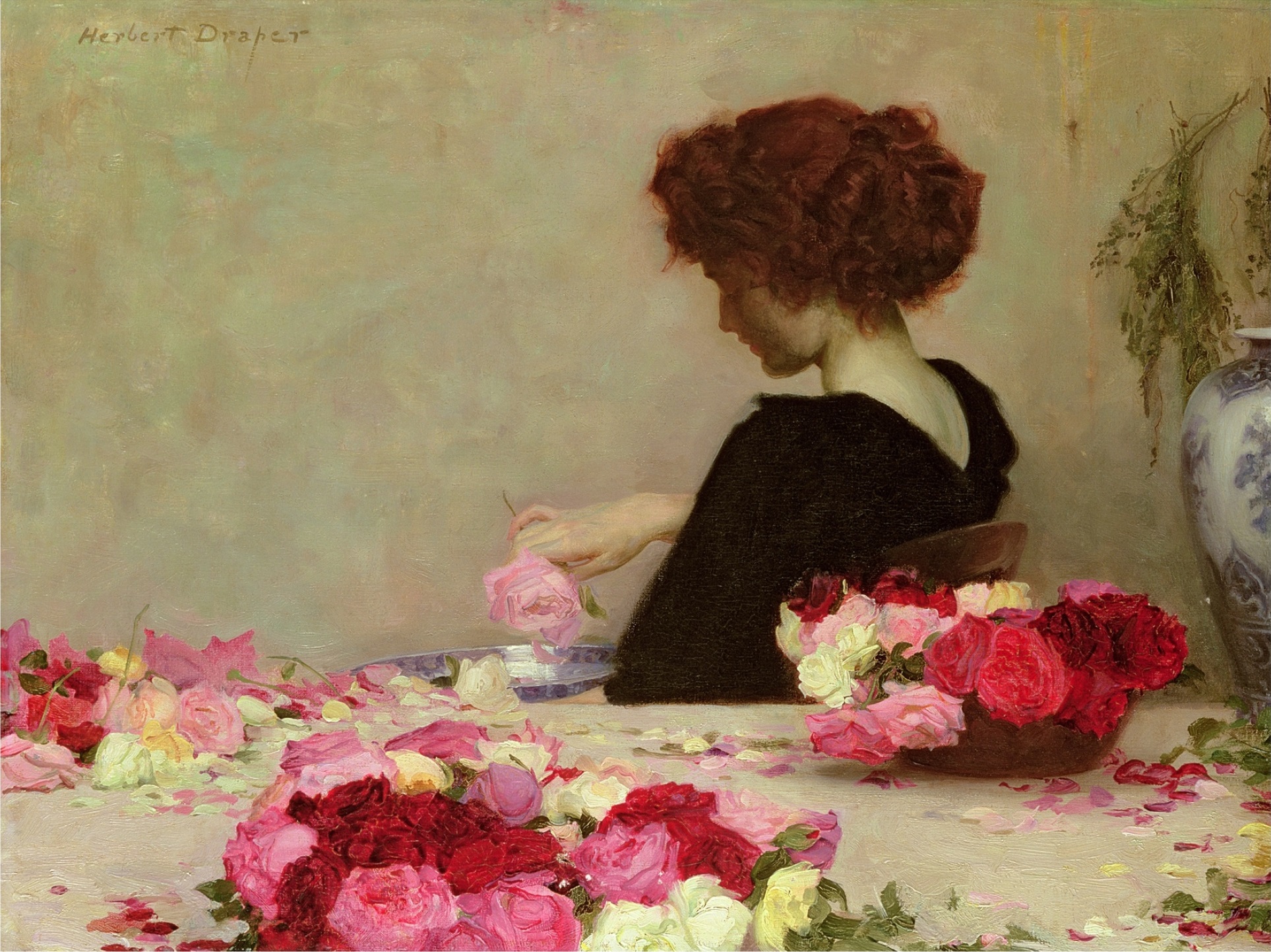|
Majidea Zanguebarica
''Majidea zangueberica'' (also known as the mgambo tree, black pearl tree or velvet seed tree) is a small tree of the family Sapindaceae. The tree is native to East Africa and grows up to 5 metres (16 ft) tall. Description This very ornamental small tree has shiny foliage with an attractive rounded canopy, making it very suitable for small tropical gardens or a container plant in cooler climates. They are hardy only in frost-free zones, otherwise they can make a rare and unique houseplant as they are smaller when container grown. The leaves are compound with up to 10 pairs of leaflets, which are elliptic about long and wide. Its highly ornamental seeds mean it's sometimes referred to as the black pearl tree or velvet-seed tree. It blooms with dense clusters of small green-red, fragrant flowers at the end of panicles. Fruit is spherical with three lobes, long. The fruit splits open, showing the bright red interior, with three spherical, velvety blue-black seeds. Uses The ... [...More Info...] [...Related Items...] OR: [Wikipedia] [Google] [Baidu] |
Thomas Kirk (botanist)
Thomas Kirk (18 January 1828 – 8 March 1898) was an English-born botanist, teacher, public servant, writer and churchman who moved to New Zealand with his wife and four children in late 1862. The New Zealand government commissioned him in 1884 to compile a report on the indigenous forests of the country and appointed him as chief conservator of forests the following year. He published 130 papers in botany and plants including ''The Durability of New Zealand Timbers'', ''The Forest Flora of New Zealand'' and ''Students' Flora of New Zealand''. Early life and career Thomas was the son of a Coventry nurseryman, George Kirk, and Sarah West, a florist. As a consequence of his parents' involvement in nursery work, he displayed a keen interest in botany, and later worked at a timber mill in Coventry. On Christmas Day 1850 he married a silk marker, Sarah Jane Mattocks. Poor health and financial problems led to his emigrating to Auckland, arriving with his family on 9 February 1863. Th ... [...More Info...] [...Related Items...] OR: [Wikipedia] [Google] [Baidu] |
Daniel Oliver (botanist)
Daniel Oliver, FRS (6 February 1830, Newcastle upon Tyne – 21 December 1916) was an English botanist. He was Librarian of the Herbarium, Royal Botanic Gardens, Kew from 1860–1890 and Keeper there from 1864–1890, and Professor of Botany at University College, London from 1861–1888. In 1864, while at UCL, he published ''Lessons in Elementary Biology'', based upon material left in manuscript by John Stevens Henslow, and illustrated by Henslow's daughter, Anne Henslow Barnard of Cheltenham. With a second edition in 1869 and a third in 1878 this book was reprinted until at least 1891. Oliver regarded this book as suitable for use in schools and for young people remote from the classroom and laboratory. He was elected a member of the Linnean Society, awarded their Gold Medal in 1893, and awarded a Royal Medal by the Royal Society in 1884. He married in 1861 and was the father of two daughters and a son, Francis Wall Oliver. In 1895, botanist Tiegh published '' Oliverella'', a ... [...More Info...] [...Related Items...] OR: [Wikipedia] [Google] [Baidu] |
Sapindaceae
The Sapindaceae are a family of flowering plants in the order Sapindales known as the soapberry family. It contains 138 genera and 1858 accepted species. Examples include horse chestnut, maples, ackee and lychee. The Sapindaceae occur in temperate to tropical regions, many in laurel forest habitat, throughout the world. Many are laticiferous, i.e. they contain latex, a milky sap, and many contain mildly toxic saponins with soap-like qualities in either the foliage and/or the seeds, or roots. The largest genera are ''Serjania'', ''Paullinia'', ''Allophylus'' and '' Acer''. Description Plants of this family have a variety of habits, from trees to herbaceous plants to lianas. The leaves of the tropical genera are usually spirally alternate, while those of the temperate maples ('' Acer), Aesculus'', and a few other genera are opposite. They are most often pinnately compound, but are palmately compound in ''Aesculus'', and simply palmate in ''Acer''. The petiole has a swollen ba ... [...More Info...] [...Related Items...] OR: [Wikipedia] [Google] [Baidu] |
East Africa
East Africa, Eastern Africa, or East of Africa, is the eastern subregion of the African continent. In the United Nations Statistics Division scheme of geographic regions, 10-11-(16*) territories make up Eastern Africa: Due to the historical Omani Empire and colonial territories of the British East Africa Protectorate and German East Africa, the term ''East Africa'' is often (especially in the English language) used to specifically refer to the area now comprising the three countries of Kenya, Tanzania, and Uganda. However, this has never been the convention in many other languages, where the term generally had a wider, strictly geographic context and therefore typically included Djibouti, Eritrea, Ethiopia, and Somalia.Somaliland is not included in the United Nations geoscheme, as it is internationally recognized as a part of Somalia. *Tanzania, Kenya, Uganda, Rwanda, Burundi, Democratic Republic of Congo and South Sudan are members of the East African Community. The firs ... [...More Info...] [...Related Items...] OR: [Wikipedia] [Google] [Baidu] |
Panicle
A panicle is a much-branched inflorescence. (softcover ). Some authors distinguish it from a compound spike inflorescence, by requiring that the flowers (and fruit) be pedicellate (having a single stem per flower). The branches of a panicle are often racemes. A panicle may have determinate or indeterminate growth. This type of inflorescence is largely characteristic of grasses such as oat and crabgrass, as well as other plants such as pistachio and mamoncillo. Botanists use the term paniculate in two ways: "having a true panicle inflorescence" as well as "having an inflorescence with the form but not necessarily the structure of a panicle". Corymb A corymb may have a paniculate branching structure, with the lower flowers having longer pedicels than the upper, thus giving a flattish top superficially resembling an umbel. Many species in the subfamily Amygdaloideae, such as hawthorns and rowans, produce their flowers in corymbs. up'' Sorbus glabrescens'' corymb with fruit See ... [...More Info...] [...Related Items...] OR: [Wikipedia] [Google] [Baidu] |
Pot Pourri
Potpourri ( ) is a mixture of dried, naturally fragrant plant materials used to provide a gentle natural scent, commonly in residential settings. It is often placed in a decorative bowl. The word "potpourri" comes into English from the French language, French word . The French term has two connotations. It is the French name for a Spain, Spanish stew with a wide variety of ingredients called , a specialty of the city of Burgos. The word in French has the same meaning as it does in English (and as does in Spanish), while the word , like Spanish , means "rotten". History Potpourri has been used in rooms since ancient times, in a variety of ways, including just scattering it on the floor. In early 17th-century France, fresh herbs and flowers were gathered—beginning in spring and continuing throughout the summer. The herbs were left for a day or two to become limp, then layered with coarse sea salt. The aging mixture was stirred occasionally as layers were added to it. Often ... [...More Info...] [...Related Items...] OR: [Wikipedia] [Google] [Baidu] |
Dodonaeoideae
Dodonaeoideae is a subfamily of flowering plants in the soapberry family, Sapindaceae. Genera Genera recognized by the Angiosperm Phylogeny Website. *'' Arfeuillea'' Pierre ex Radlk. *'' Averrhoidium'' Baill. *'' Cossinia'' Comm. ex Lam. *'' Diplokeleba'' N.E.Br. *'' Diplopeltis'' Endl. *'' Distichostemon'' F. Mueller *''Dodonaea'' Mill. *'' Doratoxylon'' Thouars ex Benth. & Hook.f. *†'' Euchorium'' Ekman & Radlk. *'' Euphorianthus'' Radlk. *'' Eurycorymbus'' Hand.-Mazz. *'' Exothea'' Macfad. *''Filicium'' Thwaites *'' Ganophyllum'' Blume *''Harpullia'' Roxb. *'' Hippobromus'' Eckl. & Zeyh. *''Hypelate ''Hypelate trifoliata'', commonly known as white ironwood or inkwood, is a small tree in the soapberry family. It is native to extreme southern Florida and islands of the Caribbean. It has trifoliate leaves and produces small flowers in early s ...'' P.Browne *'' Llagunoa'' Ruiz & Pav. *'' Loxodiscus'' Hook.f. *'' Magonia'' A.St.-Hil. *'' Majidea'' Kirk ex Oliv. *'' Zanha'' ... [...More Info...] [...Related Items...] OR: [Wikipedia] [Google] [Baidu] |
Plants Described In 1871
Plants are predominantly photosynthetic eukaryotes of the kingdom Plantae. Historically, the plant kingdom encompassed all living things that were not animals, and included algae and fungi; however, all current definitions of Plantae exclude the fungi and some algae, as well as the prokaryotes (the archaea and bacteria). By one definition, plants form the clade Viridiplantae (Latin name for "green plants") which is sister of the Glaucophyta, and consists of the green algae and Embryophyta (land plants). The latter includes the flowering plants, conifers and other gymnosperms, ferns and their allies, hornworts, liverworts, and mosses. Most plants are multicellular organisms. Green plants obtain most of their energy from sunlight via photosynthesis by primary chloroplasts that are derived from endosymbiosis with cyanobacteria. Their chloroplasts contain chlorophylls a and b, which gives them their green color. Some plants are parasitic or mycotrophic and have lost the ability ... [...More Info...] [...Related Items...] OR: [Wikipedia] [Google] [Baidu] |
Flora Of Africa
Flora is all the plant life present in a particular region or time, generally the naturally occurring (indigenous) native plants. Sometimes bacteria and fungi are also referred to as flora, as in the terms '' gut flora'' or '' skin flora''. Etymology The word "flora" comes from the Latin name of Flora, the goddess of plants, flowers, and fertility in Roman mythology. The technical term "flora" is then derived from a metonymy of this goddess at the end of the sixteenth century. It was first used in poetry to denote the natural vegetation of an area, but soon also assumed the meaning of a work cataloguing such vegetation. Moreover, "Flora" was used to refer to the flowers of an artificial garden in the seventeenth century. The distinction between vegetation (the general appearance of a community) and flora (the taxonomic composition of a community) was first made by Jules Thurmann (1849). Prior to this, the two terms were used indiscriminately.Thurmann, J. (1849). ''Essai de ... [...More Info...] [...Related Items...] OR: [Wikipedia] [Google] [Baidu] |
Taxa Named By Daniel Oliver
In biology, a taxon (back-formation from ''taxonomy''; plural taxa) is a group of one or more populations of an organism or organisms seen by taxonomists to form a unit. Although neither is required, a taxon is usually known by a particular name and given a particular ranking, especially if and when it is accepted or becomes established. It is very common, however, for taxonomists to remain at odds over what belongs to a taxon and the criteria used for inclusion. If a taxon is given a formal scientific name, its use is then governed by one of the nomenclature codes specifying which scientific name is correct for a particular grouping. Initial attempts at classifying and ordering organisms (plants and animals) were set forth in Carl Linnaeus's system in ''Systema Naturae'', 10th edition (1758), as well as an unpublished work by Bernard and Antoine Laurent de Jussieu. The idea of a unit-based system of biological classification was first made widely available in 1805 in the intro ... [...More Info...] [...Related Items...] OR: [Wikipedia] [Google] [Baidu] |

_W2_IMG_1899.jpg)




